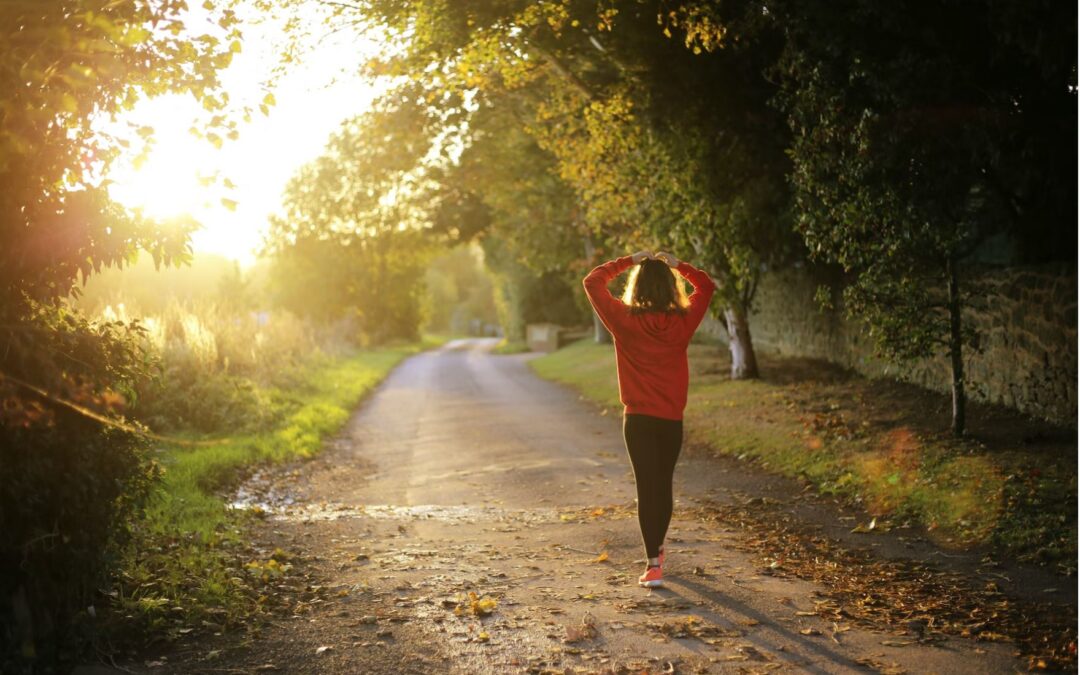Understanding climate mitigation and adaptation
As more and more of us start to take action on climate adaptation, my team and I challenged ourselves to share our understanding of some of the biggest words in climate change in a way to which you, hopefully, can easily relate! So here it goes: when discussing climate action, what are climate mitigation and climate adaptation?
Let’s start with Climate Change
I often think about climate as personal health, with the difference being that climate health is for all of us and personal health for each of us individually.
Each of us develops different lifestyles pertaining to our own personal health over time: sometimes with good and often with not-so-good habits. The accumulated effect of these habits impacts our personal health. In most cases, the habits take a long period to really form, and occasionally can also have dramatic overnight impact.
We influence climate in a similar way, through our energy and resource management practices. Climate consists of the environmental conditions such as air, water and wind, that allow people, communities and societies to live and work, very much like personal health allows individual bodies to move and function. In short, climate is essential to us all. If you don’t believe me, just try to hold your breath and see how long you can last.
The bad habits are the troublemakers here, often resulting in poor personal health. Similarly, there are good and not-so-good practices in how we produce, distribute and consume energy and resources. One particular set of practices is, in fact, bad, really bad. I am referring to, of course, oil and gas consumption. These practices result in more greenhouse gases (GHGs) released in the atmosphere, which ends up trapping more solar energy, which in turn raises the average temperature everywhere.
Yes, just like many factors impact personal health other than habits, such as genetics, there are also other factors that impact climate, such as changes in solar or volcanic activities. Similar to discussions about lousy eating and exercise habits, it is helpful to accept responsibilities and the scope of what we can control through climate action. The fact is that fossil fuels – coal, oil and gas – are by far the largest contributor to global climate change. The sooner we can accept that this one toxic practice has caused global climate change as we know it, the sooner we can start discussing climate action.
Okay, what about Climate Action?
To continue the analogy, climate action is to climate change what positive lifestyle changes are to poor personal health. Just like each of us make different lifestyle choices, we all have our different paths of climate action. Climate action is essentially everything we do to address the climate change problem, whether small steps or dramatic decisions. Climate action comes down to two basic categories: either addressing the causes through climate mitigation or dealing with the effect through climate adaptation.

We can get into unhealthy habits without even realising it.
Climate mitigation deals with the causes
In my case of personal health, I finally got tired of some bad eating habits a few months ago. Insert TMI warning: I have a tendency to snack too much at night, way way too much. This habit often causes me not to get good sleep at night, which would inevitably lead to poor health over time. When I finally acknowledged that I had had enough, I decided that I would reduce or stop midnight snacking completely. This is an example of mitigation, acts that reduce harmful or undesirable things or behaviours.
In climate action, to reduce or eliminate GHG emissions is the most commonly known climate mitigation action. Just like stopping eating snacks at night, this is easier said than done. Let’s face it, we cannot stop using energy and resources. This leads to other climate mitigation measures such as renewable energies or making existing equipment more resource efficient. Organisations can update their management practices, and consumers can change their consumption behaviours. All of these are complex subjects in their own right, and just like stopping excessive snacking, it’s worth it to reduce or stop the causes from leading to more damages.

Adding healthy habits into our life can improve our resilience – just like winter swimming improves your immune system against colds. And yes, we went for a dip here!
Climate adaptation makes us resilient
Climate adaptation is the process of changing things and behaviours to suit different conditions. At the beginning of the COVID pandemic, I was quite confused and scared since I just had a difficult winter prior to that with some bad flu. Eventually I decided to become more physically resilient by trying out a few activities, including winter swimming. This is an example of adaptation in the case of personal health.
In the climate change discussion, it’s important to recognize while we are working on GHG emissions, the effect of climate change is already affecting us all: whether heavier droughts, more severe storms or rising sea levels. The climate conditions are changing, mostly not in our favour. The good news is that there is an abundance of climate adaptation practices: more efficient water use practices in dealing with drought prevention; better weather forecasting when severe storms hit; nature-based solutions for rising sea levels. The list goes on. Personally I find it exciting to discuss climate adaptation: resilience building is the silver lining in accepting climate change and committing to transform the way we work and live.
So ready for more action on climate mitigation and climate adaptation?
Similar to lifestyle changes, climate action can’t achieve the desired results if it’s just a one-time thing. It needs to be sustainable and scalable. And just like stopping midnight snacks or taking a plunge in cold water, it’s more than just behaviour change, there is a level of complexity with emotional transition, and it’s very often easier to do it together. Furthermore, it can’t be just climate mitigation or climate adaptation. It needs to be a mixed and balanced approach that is relevant for each group.
And this is why we at Day of Adaptation find it essential to have collective discussions in a positive light, instead of individuals struggling on their own in darkness. So join us in one of our Game Days or Dialogue Days. Together we can make this healthy change in climate action.
P.S. The examples of personal lifestyle changes do not represent the urgency and importance of climate action. They are for illustrating the climate action categories.
About the Author
Shu Liang is the founder and director of Day of Adaptation, a non-profit organisation based in the Netherlands. She is a Chinese Canadian woman living in Haarlem. Shu has a Master’s degree in Disaster Risk Management and Climate Change Adaptation from Lund University, Sweden, and has previously worked at World Food Programme Kenya and Global Center on Adaptation. Her professional interests are adaptation, sustainability, leadership, and communications. Shu is in constant reconciliation between the freedom of knowledge and constraints of reality: for one, the concrete tiles in the garden have often called her attention and action. She is humbled by people’s vast capacity to adapt and care for each other.

